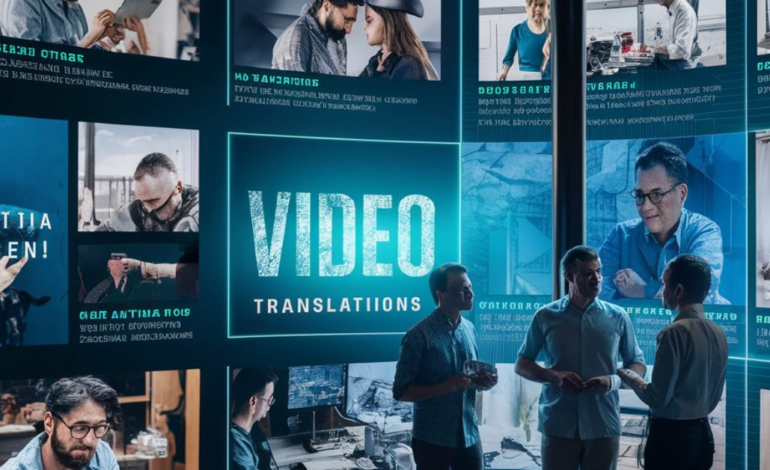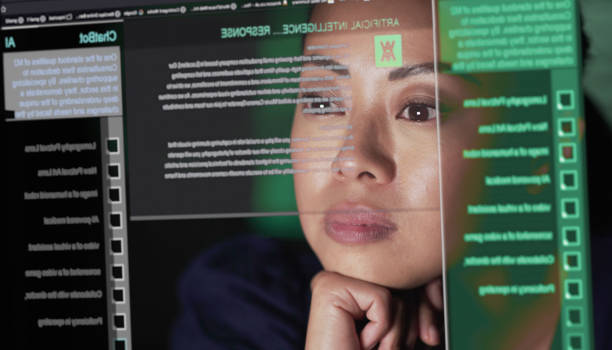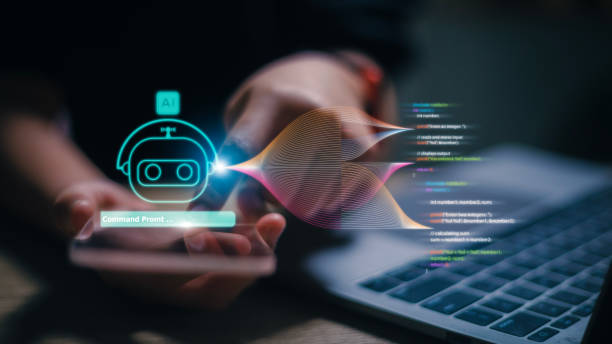How AI Video Translators are Transforming Content Creation

In the ever-evolving landscape of digital content, video has emerged as a dominant medium for storytelling, education, marketing, and entertainment. As creators strive to reach global audiences, language barriers often pose significant challenges. However, the advent of AI video translators is revolutionizing content creation, enabling creators to produce videos in one language and effortlessly translate them into multiple languages.
This transformation is opening up new avenues for engagement, inclusivity, and market expansion. This article explores the profound impact of AI video translators on content creation.
The Rise of AI Video Translators
AI video translators leverage advanced artificial intelligence algorithms, natural language processing (NLP), and machine learning to translate video content from one language to another. These tools analyze the audio and visual components of a video, transcribe the speech, and then translate it into the desired language. The translated audio is then synchronized with the video, maintaining the original timing and context.
Impact on Content Creation
- Breaking Down Language Barriers
Language barriers have historically limited the reach of video content. AI video translator tools enable creators to overcome these barriers by translating their videos into multiple languages such as French, Spanish, German, Hindi, and many others. This capability allows creators to communicate their message to a global audience, irrespective of linguistic differences.
- Expanding Audience Reach
By translating video content into multiple languages, creators can significantly expand their audience reach. For instance, a video produced in English can be translated into Spanish and reach millions of additional viewers in Spanish-speaking countries. This expansion not only increases viewership but also enhances brand visibility and engagement on a global scale.
- Enhancing Engagement and Inclusivity
Translating videos into different languages makes content more inclusive and accessible to non-native speakers. This inclusivity fosters a sense of connection and engagement among diverse audiences. Viewers are more likely to interact with content that they can understand and relate to, leading to higher levels of engagement, sharing, and retention.
- Cost-Effective Localization
Traditional methods of video localization, which involve hiring professional translators and voice actors, can be time-consuming and expensive. AI video translators offer a cost-effective alternative by automating the translation process. This automation reduces the need for extensive human intervention, thereby lowering costs and speeding up the localization process.
- Consistency and Quality
AI video translators ensure consistency in translation quality. Unlike human translators who may introduce variations in translation style, AI tools provide uniformity across all translated content. Advanced AI algorithms are also capable of learning and improving over time, enhancing the accuracy and quality of translations.
- Empowering Independent Creators
Independent creators and small businesses often lack the resources to produce multilingual content. AI video translators democratize content creation by providing these creators with the tools to translate their videos affordably and efficiently. This empowerment allows independent creators to compete with larger entities and reach a global audience.
Case Study: A Success Story
Consider the case of a popular YouTube channel that produces educational content. Initially, the channel produced videos exclusively in English, limiting its audience to English-speaking viewers. By integrating an AI video translator, the channel began translating its videos into Spanish, French, and German. The results were remarkable:
- Audience Growth: The channel experienced a 50% increase in viewership from non-English-speaking countries.
- Engagement Metrics: Engagement metrics, such as likes, comments, and shares, saw a significant uptick as viewers interacted more with content in their native languages.
- Revenue Boost: The expanded audience and increased engagement translated into higher ad revenue and sponsorship opportunities.
Practical Applications
- Education and E-Learning
AI video translators are particularly valuable in the education sector. E-learning platforms can translate their courses into multiple languages, making educational content accessible to students worldwide. This accessibility enhances the learning experience and broadens the reach of educational institutions.
- Marketing and Advertising
Global marketing campaigns can benefit immensely from AI video translators. Brands can create a single video advertisement and translate it into various languages to target different markets. This approach ensures a consistent brand message while catering to the linguistic preferences of diverse audiences.
- Entertainment and Media
The entertainment industry, including films, TV shows, and online series, can use AI video translators to reach international audiences. Translating content into multiple languages increases viewership and expands the market for entertainment products.
- Corporate Training and Communication
Multinational corporations can use AI video translators to produce training videos and internal communications in multiple languages. This capability ensures that employees across different regions receive consistent and comprehensible information.
Conclusion
AI video translators are transforming the landscape of content creation by breaking down language barriers, expanding audience reach, enhancing engagement, and providing cost-effective localization solutions. As these tools continue to evolve, they will play an increasingly vital role in enabling creators to connect with global audiences. Embracing AI video translation technology is not just a trend but a strategic move to stay relevant and competitive in the global digital market.









